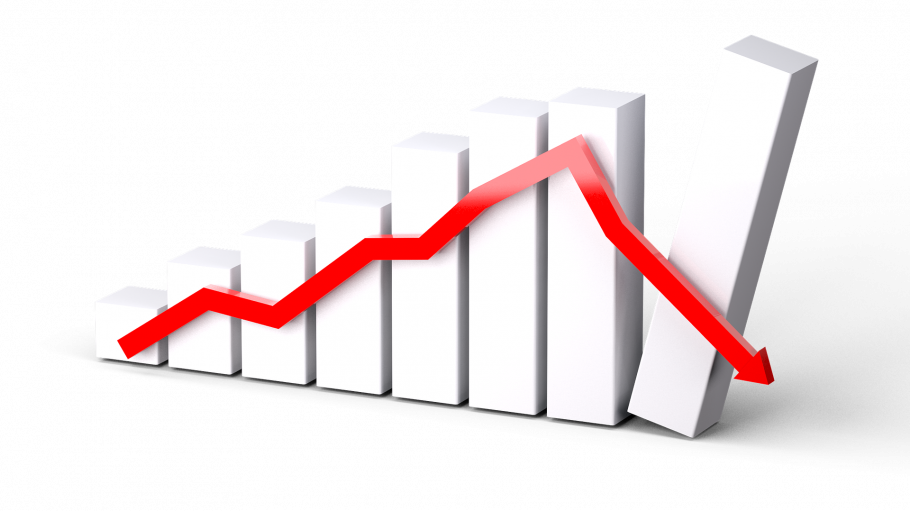
Economic Downturns and Their Impact on the Steel Industry
In the dynamic landscape of global economics, industries often find themselves navigating through periods of growth and downturns. The steel industry, a cornerstone of industrial production worldwide, is particularly sensitive to economic fluctuations. Understanding how economic downturns impact this vital sector is crucial for stakeholders, from manufacturers and suppliers to policymakers and investors.
The Steel Industry’s Vulnerability to Economic Downturns
The steel industry serves as a barometer for economic health due to its integral role in infrastructure, construction, automotive manufacturing, and various industrial applications. During economic downturns, several key factors influence the industry:
-
Demand Reduction Across Sectors: Economic slowdowns typically lead to reduced demand for steel across various sectors. Construction projects scale back, automotive production declines, and infrastructure investments stall. This reduction in demand directly impacts steel producers and their supply chains.
Graph 1: Illustration of Steel Demand Trends During Economic Downturns
The graph above depicts the fluctuation in steel demand during economic downturns, highlighting periods of decline and recovery.
-
Price Volatility: Economic downturns often trigger price volatility in the steel market. As demand decreases, oversupply can drive prices down sharply. Conversely, supply chain disruptions or production cuts may temporarily elevate prices due to reduced availability.
Graph 2: Steel Price Index Variations During Economic Downturns
This graph tracks the movement of the steel price index during economic downturns, showing how prices react to market conditions.
Impact on Steel Producers and Suppliers
For steel producers and suppliers, economic downturns pose significant challenges:
- Operational Adjustments: To cope with reduced demand, steel mills may adjust production levels, implement cost-cutting measures, or temporarily idle production facilities.
- Supply Chain Pressures: Suppliers of raw materials and components face decreased orders, impacting their own operations and financial stability.
- Financial Strain: Declining revenues and tighter profit margins force companies to reassess investments, delay expansions, or seek external financial support.
Policy Responses and Industry Resilience
Governments and industry bodies often intervene during economic downturns to stabilize the steel sector:
- Trade Policies: Tariffs, import quotas, and export incentives are employed to protect domestic industries from foreign competition during downturns.
- Infrastructure Stimulus: Governments may initiate infrastructure projects to stimulate steel demand and support economic recovery.
- Industry Collaboration: Steel producers may collaborate to streamline operations, share resources, or innovate to reduce costs and enhance efficiency.
Looking Ahead: Adapting to Market Dynamics
In conclusion, while economic downturns present challenges for the steel industry, they also catalyze adaptation and innovation. Companies that can swiftly adjust to market dynamics, leverage technological advancements, and collaborate effectively are better positioned to weather downturns and emerge stronger.
By understanding these dynamics and preparing proactive strategies, stakeholders can mitigate risks and capitalize on opportunities even in challenging economic environments.
Sources:
- Steel Manufacturer’s Association Report, 2023
- Economic Trends in the Steel Industry, World Economic Forum, 2024
This blog provides a comprehensive overview of how economic downturns affect the steel industry, emphasizing the sector’s resilience and adaptive strategies in uncertain economic climates. Through strategic planning and informed decision-making, stakeholders can navigate downturns and contribute to sustainable industry growth.




